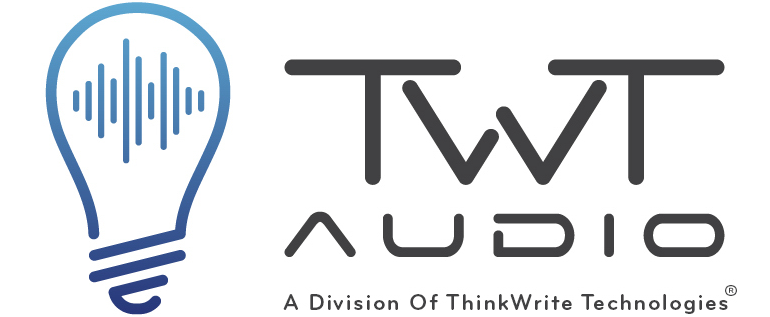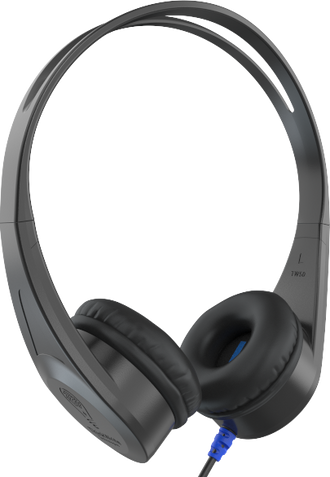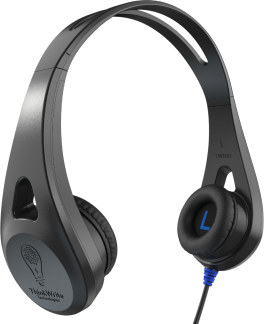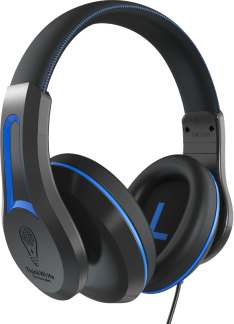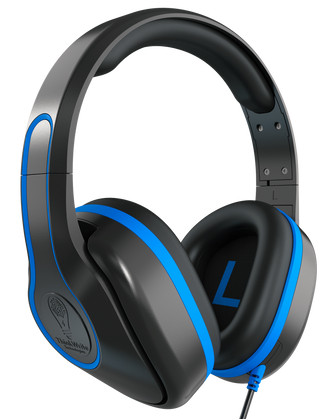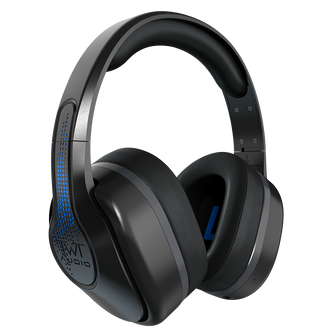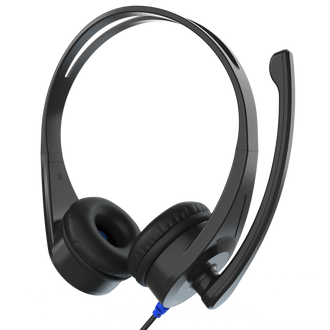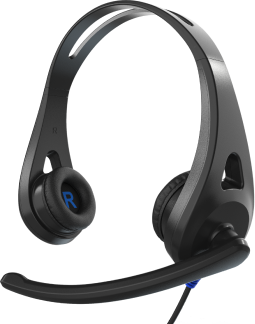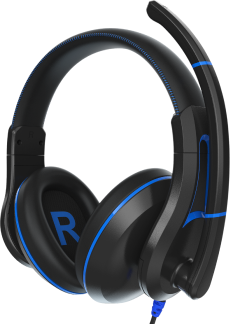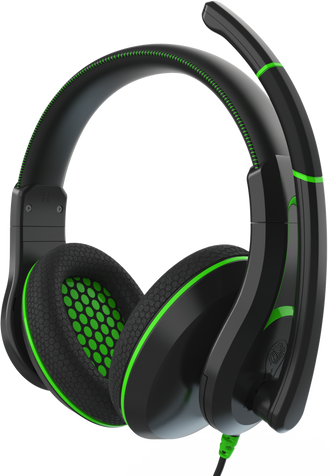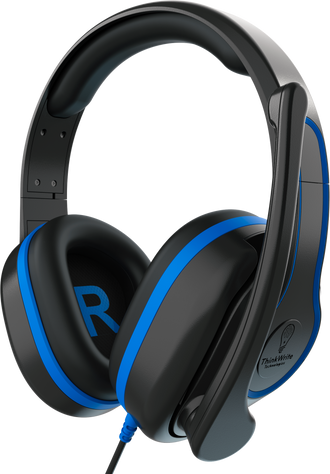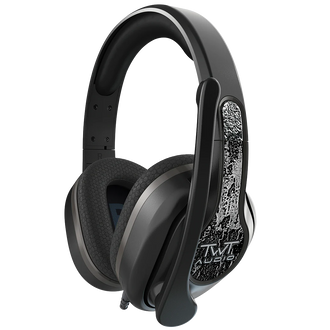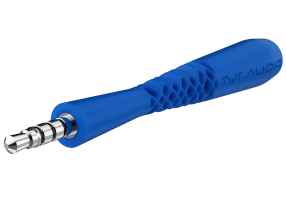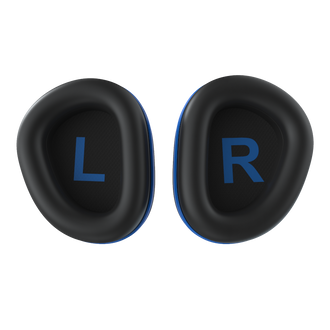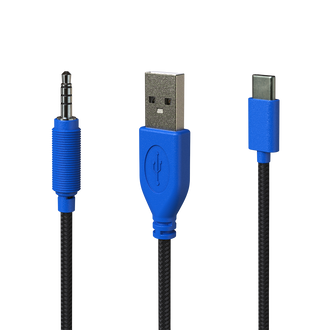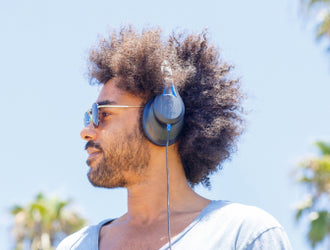The K-12 EdTech marketplace is currently flooded with manufactures advertising headsets with “noise cancelling” microphone capsules, or boom mics. But are they really “noise cancelling,” or “noise reducing?” And how do different types of mic capsules affect the quality of a headset’s vocal reproductions, anyhow?
Firstly, let’s tackle what a microphone capsule is. The mic capsule is incredibly important to the functionality of a headset; it’s responsible for the conversion of spoken sound waves into mic signals, or electrical audio. Without it, you wouldn’t be able to hear what someone else is saying when they speak into a headset boom.
Secondly, what does “noise cancelling” mean when it comes to headsets and mic capsules? Unlike acoustic noise cancelling or isolating technology, noise cancelling mic capsules won’t affect how background noise impacts your listening experience as the speaker wearing the headset. Instead, it affects how the person listening to your captured vocals will experience the quality of your voice recording.

Active Noise Cancelling (ANC) vs. Noise Reducing Microphone Capsules
A true noise cancelling boom mic requires not one, but two mic capsules and an additional power source, often a battery. Battery-powered noise-cancelling technology is officially referred to as Active Noise Cancelling (ANC) technology. Passive noise cancelling technology does not necessarily require battery power, but still relies on two mic capsules in the boom to function. If you’re looking for a visual indicator of noise cancelling technology on your headset, both active and passive noise cancelling headsets will usually include a secondary port on the mic boom. Both types of headsets often come with a hefty price tag, so you’re not likely to see them advertised in the K-12 market.
Headsets found in the EdTech market more than likely have only one mic capsule - either Uni-Directional or Omni-Directional. At best, headsets using a single Uni- or Omni-Directional mic capsule can be considered “noise reducing,” but never truly noise cancelling. Any marketing campaign for a headset claiming that a single Uni- or Omni-Directional mic capsule offers noise cancellation is misleading.
Which Direction to Take? Uni- and Omni-Directional Microphone Capsules
Uni-Directional mic capsules are designed to offer a limited area of sensitivity (about 130 degrees), only capturing the sound that is emitted directly in front of the capsule. With a limited area of sensitivity, the Uni-Directional capsule picks up less distracting ambient, or background, noise. However, that same limited area of sensitivity also makes it significantly more difficult to pick up the human voice.

To capture an ideal vocal reproduction when using a headset with a Uni-Directional capsule, the student’s mouth needs to be aligned near-perfectly with the center of the mic capsule and keep it in very close proximity to the end of the headset boom. This is a difficult task when it comes to outfitting students of all different sizes with the same one-size-fits-all headset model. If the speaker’s mouth is positioned slightly higher or lower than the mic capsule, their voice may be much harder to hear and clearly distinguish.
The average gain structure, or the sensitivity to capture sound, of a Uni-Directional mic capsule is also set at a significantly lower level. The lower gain structure helps by not picking up as much ambient sound. However, this feature does make it harder to capture the human voice, sometimes requiring soft-spoken students to speak much louder than they are comfortable doing.
Alternatively, Omni-Directional mic capsules are designed to offer a more generous, wide area of sensitivity (approximately 270 degrees), capturing sound in a more natural environment around the capsule instead of directly in front of it. This wider area of sensitivity effectively picks up more sound, including the human voice, reproducing a fuller, more normal vocal quality. That said, picking up “more sound” also equates to picking up more background sound.
The average gain structure of an Omni-Directional mic capsule is typically set at a higher level. While this may result in an increase in audible ambient sound, it also requires less volume and projection from the user in order to capture a natural sounding and occurring voice.
ThinkWrite’s Unique Headset Boom Technology and Optimization
When developing the mic boom for TWT Audio’ headsets, we asked ourselves an important question: Is our goal to eliminate background noise, or is our goal to capture a student’s voice? We set the bar high by placing our primary focus on the students wearing our headsets. ThinkWrite recognizes the importance of capturing a user’s voice in a highly audible manner in a modern classroom or workplace setting - with the greatest clarity and highest quality possible.
While conducting research and development for ThinkWrite’s best selling TW110/120 Ultra Ergo on-ear and TW210/220 Ultra Durable Pro over-ear headsets, we tested every headset available in our competitive market. We weren’t in search of what other manufacturers were doing right, though. We wanted to find out what they weren’t doing.
We discovered the focus of most headset manufacturers was not on the quality of vocal reproduction at all, nor on the need to capture both softer, small voices as well as louder, booming voices. In fact, little improvement in vocal reproduction has been made in recent years; more emphasis continues to be placed on simply being able to hear a voice recording, with no concern for its quality. At TWT Audio, we set - and met - loftier goals by meeting the market demand for both superior audibility and recorded vocal quality.
ThinkWrite prioritizes the capture of users’ voices by both eliminating background noise and honing in on important vocal details using an Omni-Directional mic capsule. To tackle the challenge of decreasing ambient classroom sound, we took inspiration from the theoretical and technical approaches used by NASA when designing headsets for astronauts and command center engineers. ThinkWrite headsets feature a boom with the mic capsule in near perfect alignment and very close proximity to the corner of the mouth. Because the Omni-Directional capsule captures sound from a broader area, it’s unaffected by the mouth of the speaker being positioned slightly above or below the capsule; the vocal quality and volume remain stable.
We additionally manipulated and lowered the gain structure of the Omni-Directional capsule, which is typically higher and more likely to absorb background noise. The lowered gain combined with the precise placement of the capsule next to the mouth allows users to record high quality vocal reproductions speaking at a volume uniquely comfortable to themselves without picking up distracting ambient sound.
These design elements work in harmony to capture the human voice without forced adjustment of volume or projection by the student. By ensuring that each unique voice is easily intelligible and clearly captured with full, vibrant sound quality, ThinkWrite headsets minimize the need for teachers to ask softer-spoken students to repeat themselves numerous times, avoiding their discomfort or embarrassment. Students and teachers alike can focus more clearly on projects and assignments instead of trouble-shooting unreliable headset issues.
The Future of ThinkWrite Headset Boom Designs
As ThinkWrite continues to test and develop new designs for the constant improvement of our headsets, we keep our focus trained on the rugged durability, comfort, and great sound that allows the quality of our various models to speak for itself. In the future you can expect to see ThinkWrite headsets that include a proprietary Uni-Directional mic capsule that will further reduce background noise, while continuing to capture the crisp, clear, and intelligible voices of students, teachers, children, and adults alike. Keep your eyes - and ears - open for updates as we near the release of the TW300 series!
